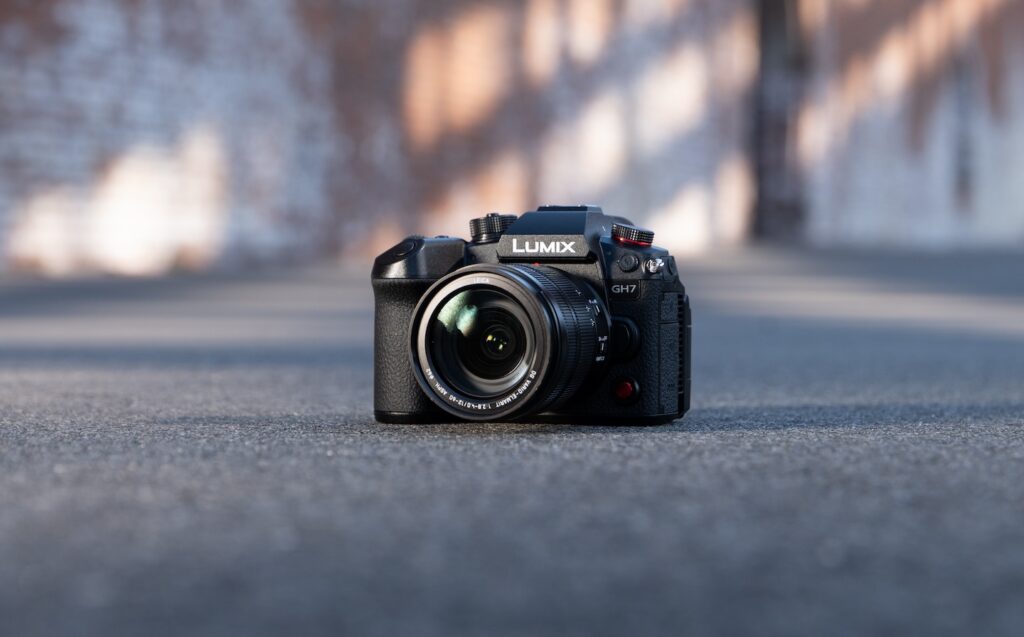Not too long ago, Panasonic announced the launch of the Lumix S9, one of its most advanced mirrorless cameras to date. While it does come with impressive video capabilities (as most mirrorless cameras do nowadays), it is geared more towards still photography, aimed at both professionals and folks just starting out with their content creation journey.
CHECK OUT: Meet the Panasonic Lumix S9
With that being said though, Panasonic recently unveiled the latest addition to its Lumix lineup with the new GH7 – Panasonic says that it’s the latest flagship model of its mirrorless G-series cameras, and based on its specs sheet we’re not surprised. In contrast to the S9, the GH7 is supposedly designed to better accommodate the growing demand for professional-grade video content, while at the same time keeping costs at a minimum compared to a full-fledged production setup.

The Lumix GH7 packs a powerful imaging pipeline for both videos and photos – there’s a 25.2MP BSI CMOS sensor that works with fast response times, and rich gradation thanks to a 13+ stop dynamic range boost. The camera also supports high-speed, high-precision PDAF autofocus. Additionally, the GH7 further enhances its video capabilities with real-time autofocus recognition, which works with large vehicles in motion such as airplanes and trains. Panasonic also says that it’s improved the camera’s image stabilization with features such as perspective distortion correction and a High mode in Active I.S. which should make for some steady and sharp footage.
As for its dedicated video capture and production capabilities, there’s a lot that the GH7 offers. For one, users can record 5.7K 30p footage in ProRes 422 HQ or even ProRes RAW HQ for better editing flexibility. For audio capture, there’s also support for 32-bit float recording, although users will need to use the separately sold DMW-XLR2 microphone adapter. The GH7 likewise comes with REAL TIME LUT capabilities, which is another welcome feature as users can easily load custom colour profiles and apply unique looks directly from the camera.
The GH7 also adds a bit more in the way of third-party software support – for example, it can easily integrate with Adobe’s Frame.io, which gives users features such as automatic uploads, backup and sharing, and even collaborative editing of footage directly from the camera. The GH7 likewise comes with compatibility for Open Gate recording, which offers flexibility when framing shots for different use cases.

In terms of its build and design, the GH7 prioritizes both performance and usability with its heat dissipation system, which packs a cooling fan that allows for extended video recording sessions. There’s also a built-in monitor that can tilt without obstructing HDMI or USB cables, giving users a clear view during operation. Panasonic adds that it’s designed camera to be weather-sealed for dust and splash resistance, and can withstand freezing temperatures down to -10°C (14°F). With that being said, we don’t exactly encourage people to go dunking the GH7 under water.
As for availability, interested buyers looking to get their hands on the new Lumix GH7 can expect the camera to arrive at the end of July 2024, priced starting at £1999.99.




